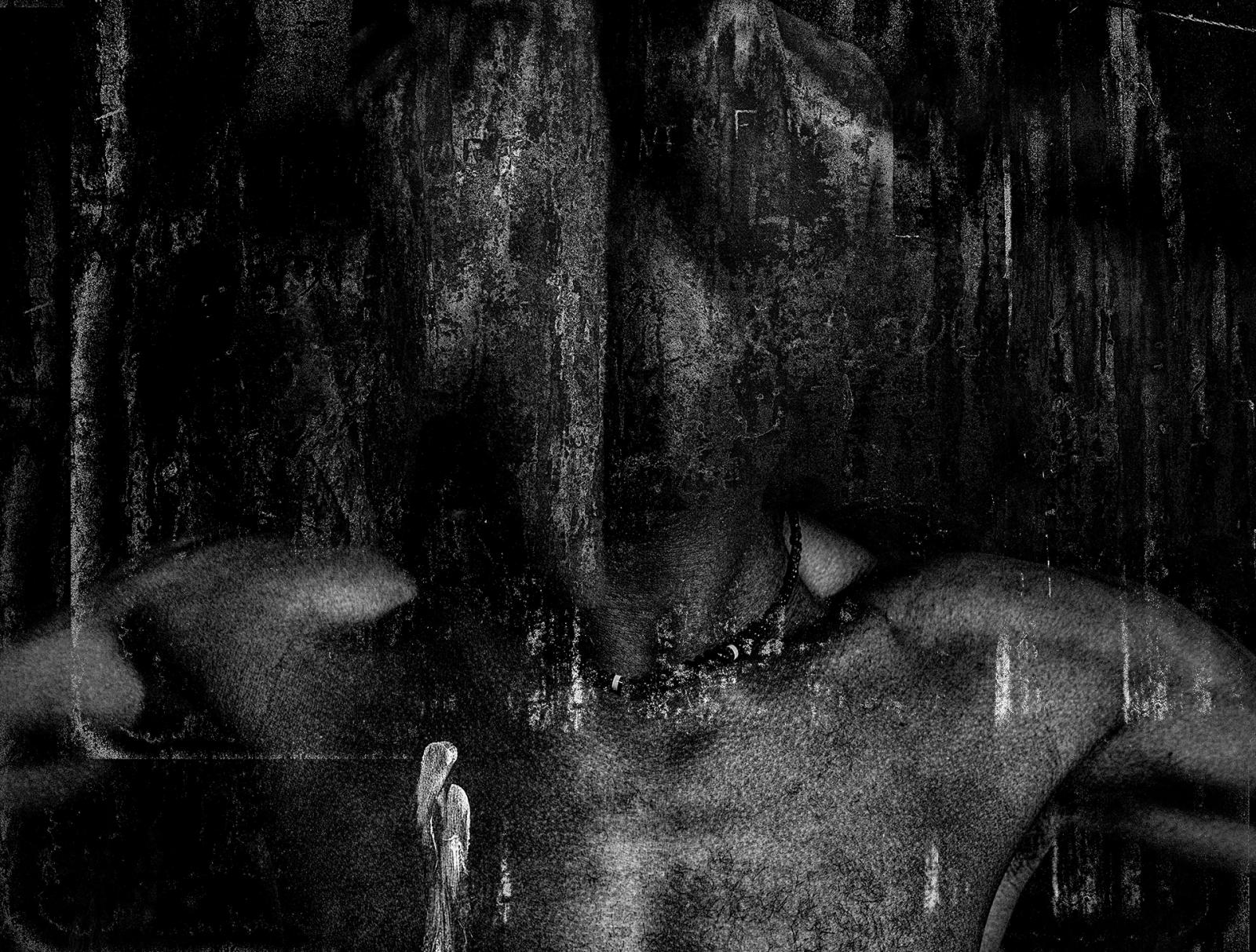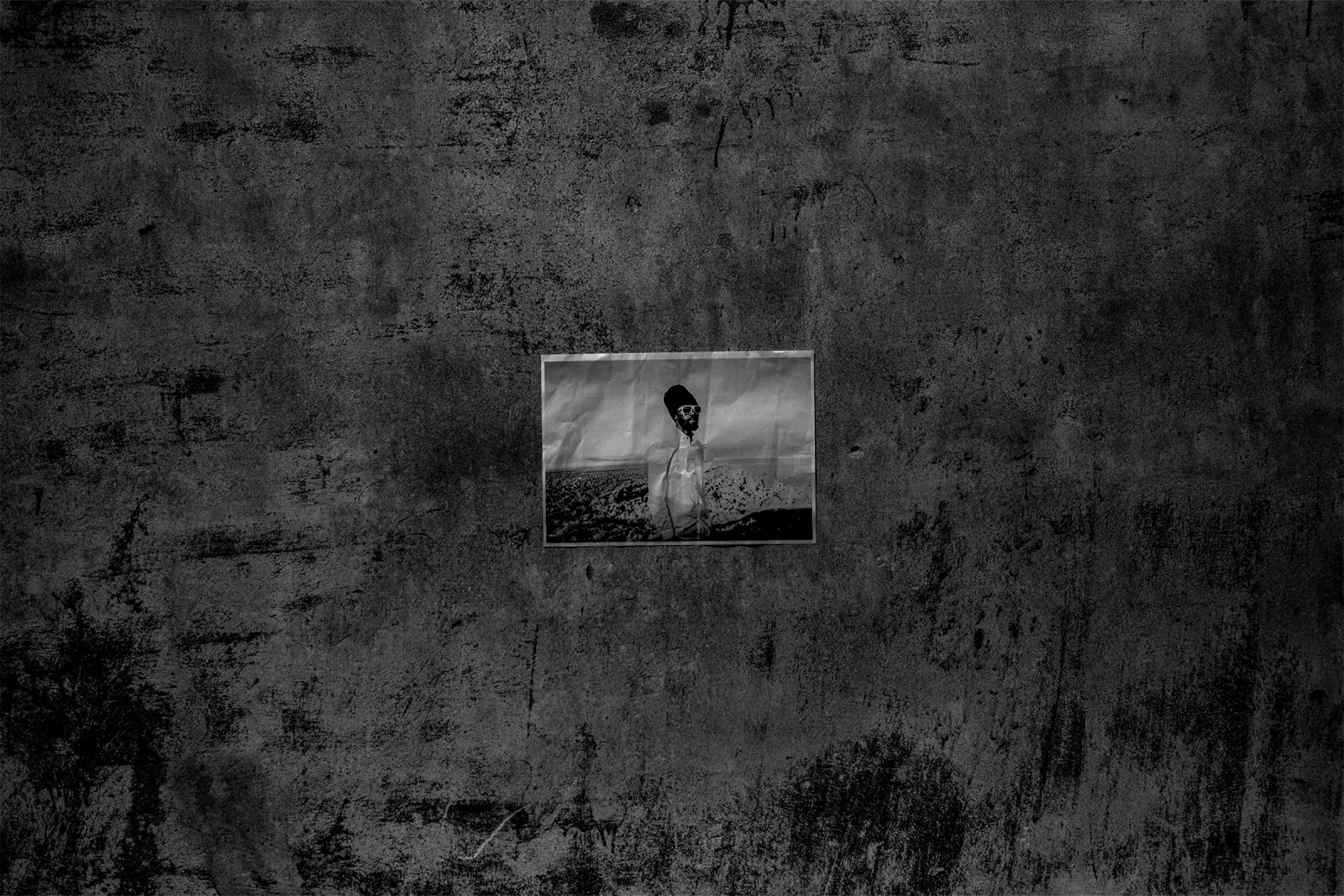Archaeology of a Frontier
In times of crisis, those who live in the margins are forced to reinvent a sense of place: to construct a habitat, imagine a home and an existence under conditions of constant uncertainty and unpredictability.

At the same time, people resist. Accepting to live in a mobile frontier, they are forced to occupy a permanent place in the liminal zone: a grey place that remains located between the light of integration and the darkness of deliberate annihilation. In so doing, however, these impermanent settlers may, in some cases, lay the foundations of a new community rooted on the debris of what is actively destroyed.

The following testimony engages a liminal zone located on the Southern edges of Europe. Over the last 30 years, growing demand for cheap labour, combined with intensified human and capital flows, has made the Central Mediterranean become the node of an important process of rural transformation. This process involves significant elements of destruction and deliberate displacement. But it also highlights some deeper changes in the identity and ways of belonging to this vast, shifting frontier.
Between 2015 and 2019, MIC|C has been able to trace the origins of a complex system of rural settlement and displacement on the northern ridges of the Mediterranean. Thanks to the systematic gathering of first-hand testimonies, documents, debris, and archaelogical findings, we were able to engage current patterns of transformations from the perspective of this expanding margin and the traces of the people who continue to pass through it - with the intention to settle here, permanently.
MIC|C would like to thank the Osservatorio Migranti Basilicata and the Swiss Network for International Studies for its kind support.

